Spatial cognition and navigation
Recent articles
Diving in with Nachum Ulanovsky
With an eye toward realism, the neuroscientist, who has a new study about bats out today, creates microcosms of the natural world to understand animal behavior.
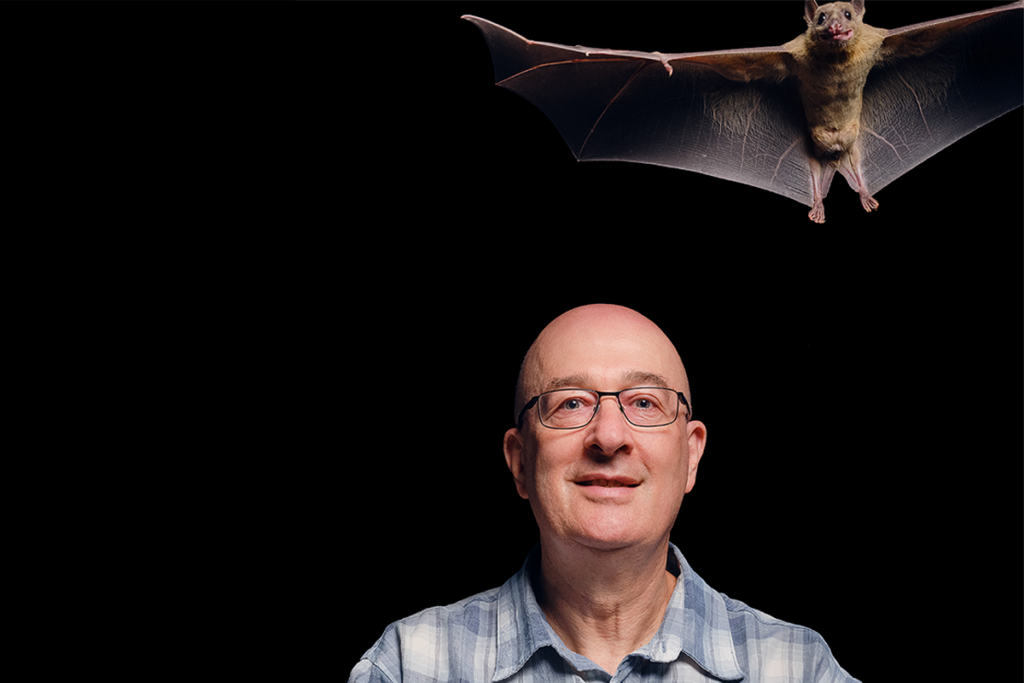
Diving in with Nachum Ulanovsky
With an eye toward realism, the neuroscientist, who has a new study about bats out today, creates microcosms of the natural world to understand animal behavior.
Remembering Eleanor Maguire, ‘trailblazer’ of human memory
Maguire, mastermind of the famous London taxi-driver study, broadened the field and championed the importance of spatial representations in memory.
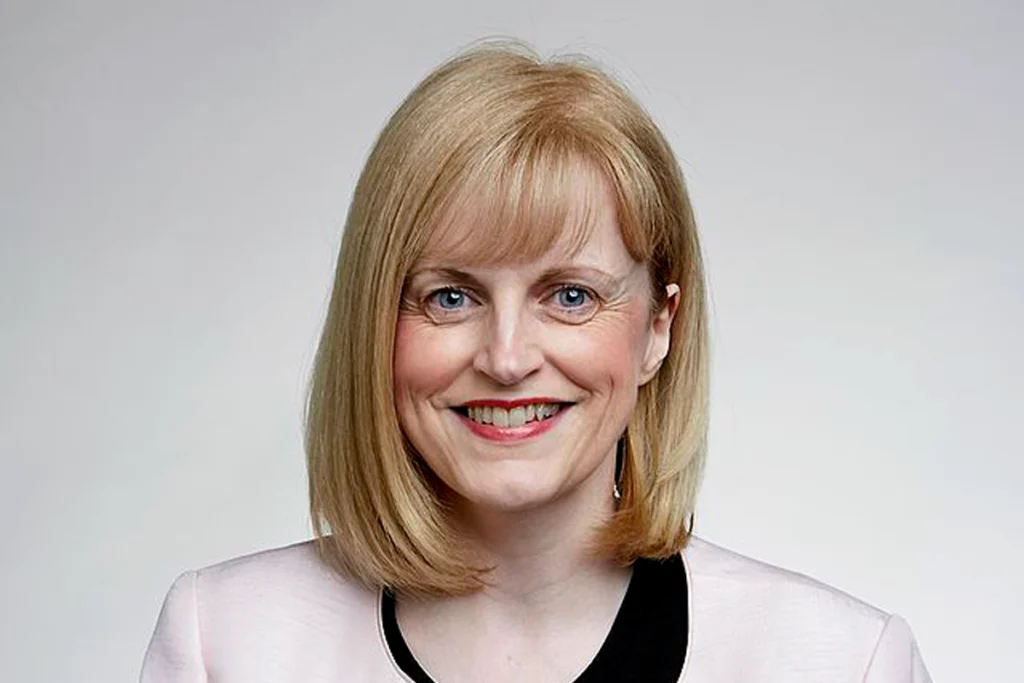
Remembering Eleanor Maguire, ‘trailblazer’ of human memory
Maguire, mastermind of the famous London taxi-driver study, broadened the field and championed the importance of spatial representations in memory.
‘Place cells’ help guide freely swimming zebrafish larvae
The newly found cells function like those in mammals, revealing that spatial cognition evolved earlier than previously thought.
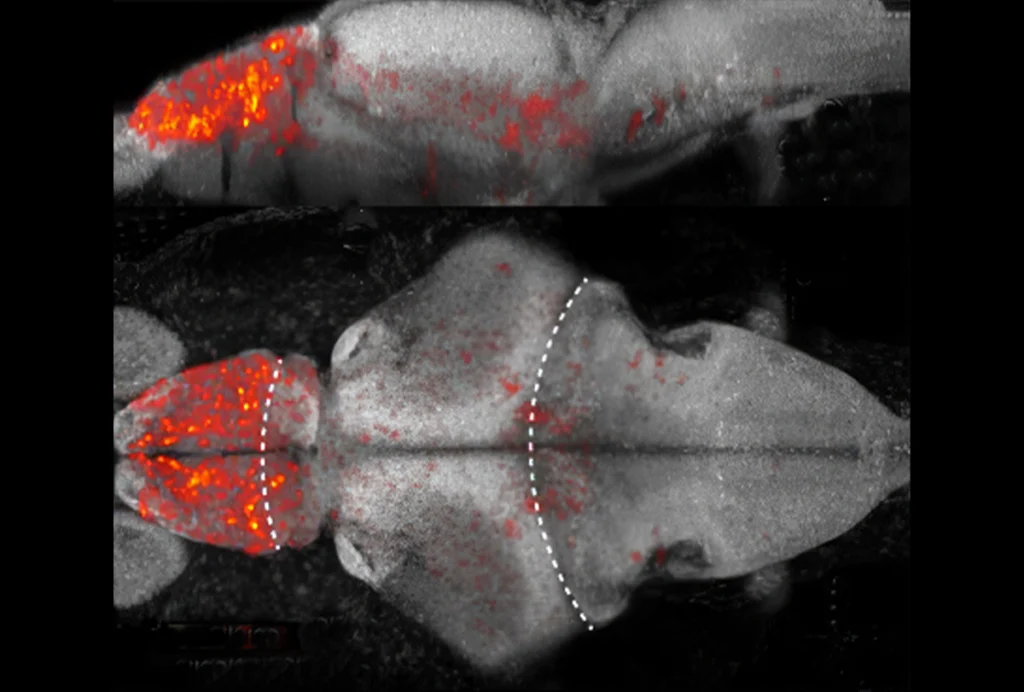
‘Place cells’ help guide freely swimming zebrafish larvae
The newly found cells function like those in mammals, revealing that spatial cognition evolved earlier than previously thought.
Postdoc’s grad-school sleuthing raises questions about bee waggle-dance data
A journal has flagged two papers with expressions of concern, which note a co-author acknowledged errors.

Postdoc’s grad-school sleuthing raises questions about bee waggle-dance data
A journal has flagged two papers with expressions of concern, which note a co-author acknowledged errors.
Dancing in the dark: Honeybees use antennae to decode nestmates’ waggles
The insects align their antennae with their body’s angle to a dancer—information that vector-processing circuitry in the brain deciphers into a flight path, a new study suggests.
Dancing in the dark: Honeybees use antennae to decode nestmates’ waggles
The insects align their antennae with their body’s angle to a dancer—information that vector-processing circuitry in the brain deciphers into a flight path, a new study suggests.
The value of math and spatial learning with Loren Frank
The Howard Hughes Medical Institute investigator discusses what drew him to study the brain and his current work at the University of California, San Francisco.
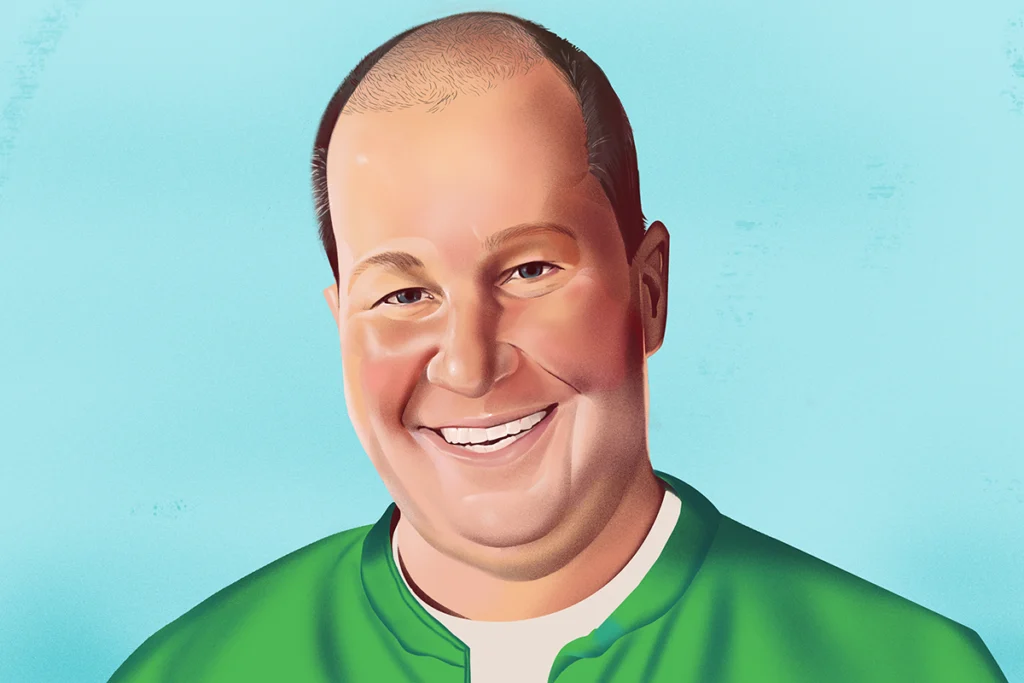
The value of math and spatial learning with Loren Frank
The Howard Hughes Medical Institute investigator discusses what drew him to study the brain and his current work at the University of California, San Francisco.
Explore more from The Transmitter
Autism in Kenya, organoid research, and more
Here is a roundup of autism-related news and research spotted around the web for the week of 22 December.
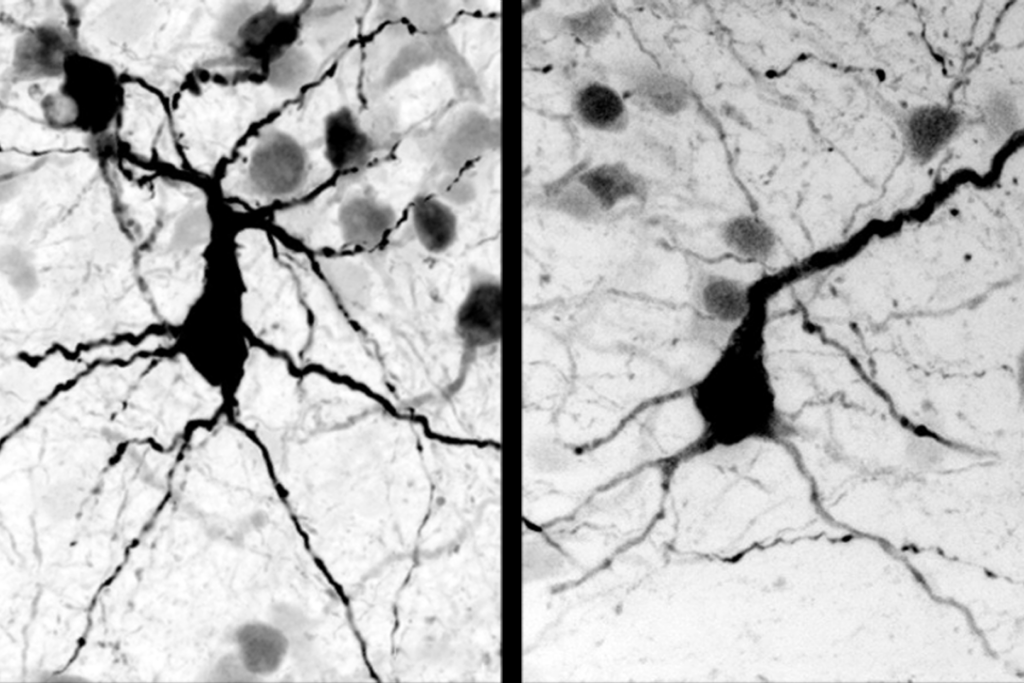
Autism in Kenya, organoid research, and more
Here is a roundup of autism-related news and research spotted around the web for the week of 22 December.
‘Unprecedented’ dorsal root ganglion atlas captures 22 types of human sensory neurons
The atlas also offers up molecular and cellular targets for new pain therapies.

‘Unprecedented’ dorsal root ganglion atlas captures 22 types of human sensory neurons
The atlas also offers up molecular and cellular targets for new pain therapies.
Not playing around: Why neuroscience needs toy models
Amid the rise of billion-parameter models, I argue that toy models, with just a few neurons, remain essential—and may be all neuroscience needs.

Not playing around: Why neuroscience needs toy models
Amid the rise of billion-parameter models, I argue that toy models, with just a few neurons, remain essential—and may be all neuroscience needs.